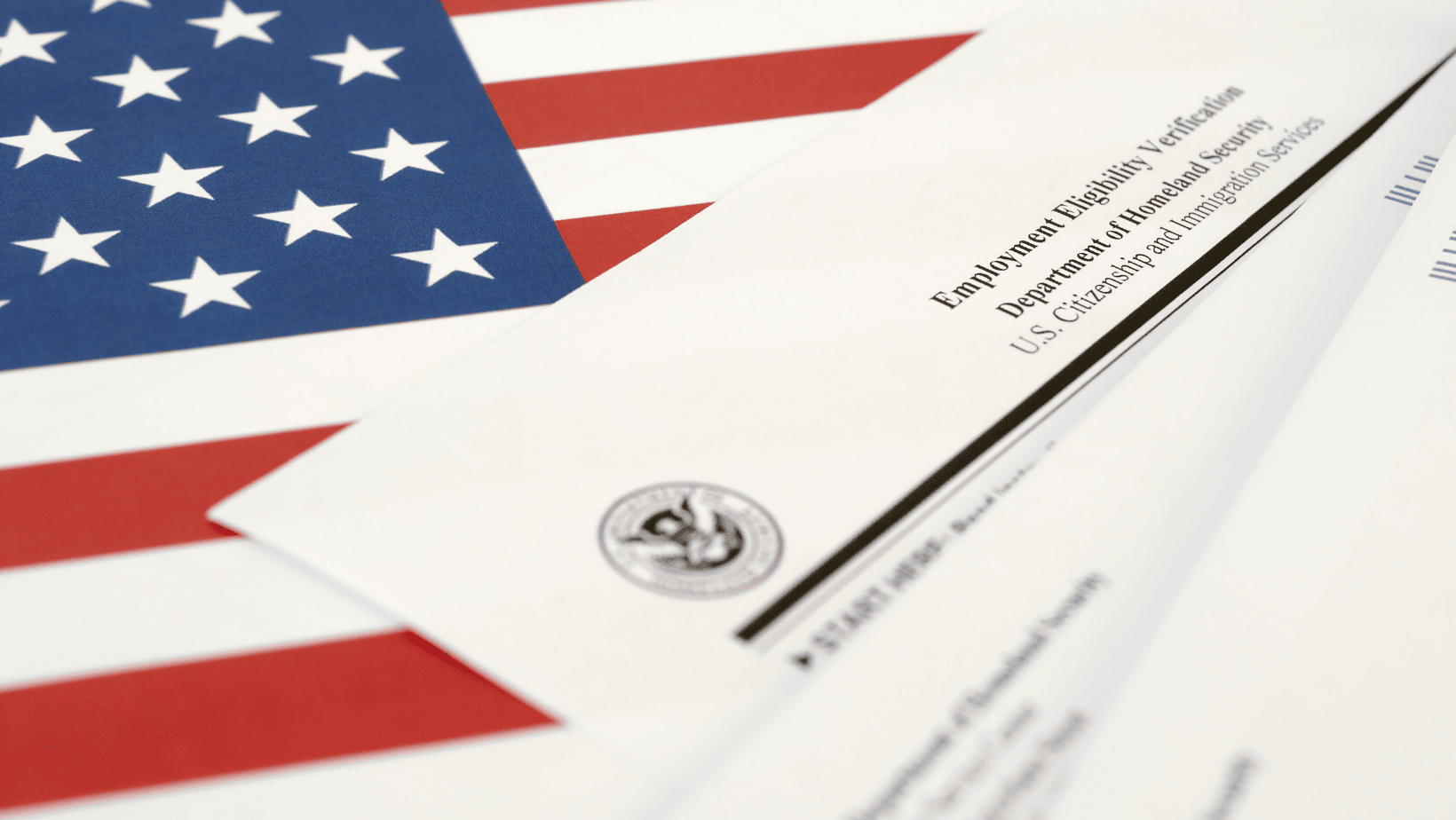A policy of allowing I-9s to be inspected remotely over video to accommodate changes instituted during the COVID-19 pandemic is coming to an end July 31. Employers must physically inspect I-9s that were completed remotely by Aug. 30.
Physical Inspection Plan
This means employers need a physical inspection plan, which Fay said should include:
- Identifying I-9s that need a physical inspection.
- Deciding if the physical inspection will occur at the worksite or remotely through the use of an authorized representative.
- Drafting employee communications.
- Ensuring employers have the required written documentation, such as a telework policy.
- Initiating physical inspections and auditing the results.
Most organizations are using authorized representatives to do the I-9 physical inspections. The representatives can be family members or friends of the employee. However, if the documents presented with the I-9s aren’t real, the employer is on the hook.
Some employers may think there is a conflict of interest with a spouse or friend being the authorized representative. These organizations may decide not to use family or friends as the representatives, especially if the employers are prone to audits, and opt instead to use a notary, attorney, or accountant.
Be sure to communicate to remote employees that this physical inspection has to happen and why. The workers otherwise may not know the virtual review was a special circumstance and wonder why they have to do it again. They might even complain to the U.S. Department of Justice if the need for a physical inspection isn’t adequately explained, claiming the employer is requiring over documentation.
If a remote employee has left the organization but their I-9 has not been physically inspected, add a note to the I-9 form saying the employer was unable to perform the physical inspection because of the employee leaving and note the date of the separation.
Audits
Audits are another place where business needs and legal requirements can collide, Fay said. He added that audits by ICE can be unpredictable and stressful.
There are two types of violations, substantive and technical, he noted. Substantive violations can include not signing I-9 Section 2 or not completing an I-9 for an employee, a common failure.
Technical violations can include forgetting to enter the employee’s address on the form, for example. ICE will give employees 10 days to correct a technical violation, meaning that if the employer corrects it quickly, it is solved.
There is inconsistency in audits, so it is preeminent to correct these violations as soon as possible.
The following are the best practices:
- Start by conducting a self-audit. If an employer does this before ICE shows up, ICE may not fine h even for substantive corrections that have been made.
- Make sure to self-audit both paper and electronic I-9s.
- Find mistakes and make necessary corrections.



